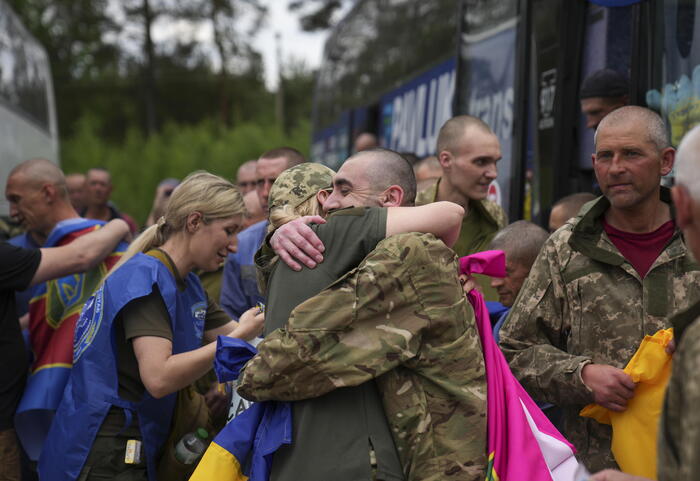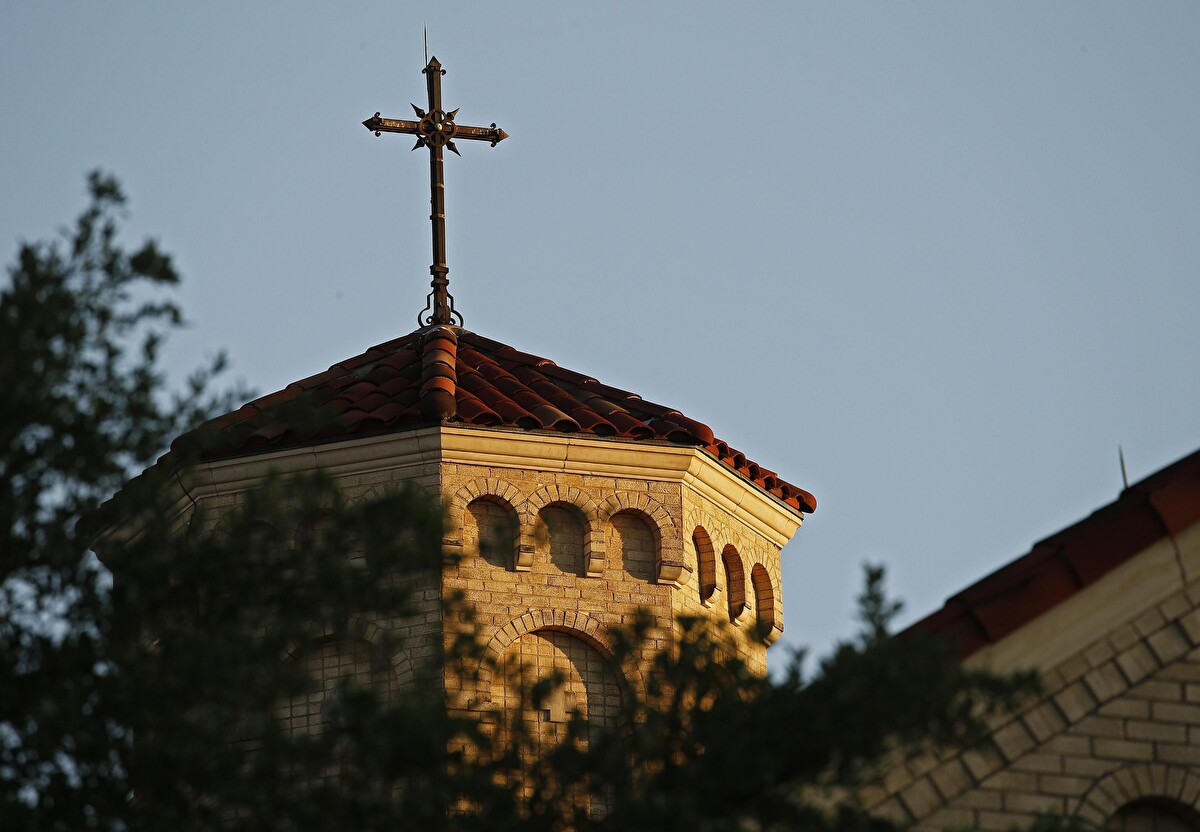What began as a day of celebration in Kyiv ended in fire and debris. The Ukrainian capital, along with more than 30 other cities and towns, was struck by one of the most extensive Russian air assaults since the full-scale invasion began in 2022. Missiles and drones rained down across central and southern Ukraine, leaving at least 12 dead and dozens injured.
Ukrainian authorities described the barrage, 367 projectiles in total, including nearly 300 Iranian-made Shahed drones, as the single largest aerial attack of the war.
Even as the strikes continued, Ukraine and Russia concluded a major prisoner exchange: 303 soldiers returned home on each side. It marked the third and final round of a coordinated operation that saw 1,000 detainees, including both combatants and civilians, repatriated over three days.
“303 Ukrainian defenders are home,” President Volodymyr Zelenskyy wrote Sunday on X. “They include members of the Armed Forces, the National Guard, the Border Guard, and the State Special Transport Service.”
Air defense systems operated for hours over Kyiv, but several targets were still struck. Four people were killed in the capital. In the Zhytomyr region, west of Kyiv, three children aged 8, 12, and 17 died in the blasts. Additional casualties were reported in Khmelnytskyi and Mykolaiv. Damage was also recorded in Dnipro and Kharkiv, including to residential buildings and power lines.
“A difficult Sunday morning after a sleepless night,” Ukraine’s Deputy Foreign Minister Andrii Sybiha wrote on X. Emergency crews worked through the wreckage. In Kyiv, a university dormitory was hit by a drone, setting part of the structure ablaze. In other neighborhoods, homes collapsed and windows were shattered.
“These were deliberate strikes on ordinary cities,” Zelenskyy said. “Without real international pressure on Moscow, this war will not end. Sanctions would help.”
The president listed the areas hit in Sunday’s attack: Kyiv, Zhytomyr, Sumy, Odessa, Poltava, Dnipro, Mykolaiv, Kharkiv, Cherkasy, Khmelnytskyi, Ternopil, and Chernihiv.
The large-scale prisoner exchange offered a rare glimpse of coordination between the two warring nations, but it has not slowed the fighting. Russia’s Defense Ministry claimed new advances along the border with Ukraine’s Sumy region, near Kursk, where President Vladimir Putin had visited days earlier.
According to the ministry, Ukrainian troops were pushed back, and several settlements—including Marine and Loknya—had been captured. A Russian officer speaking on state television claimed that during Putin’s recent helicopter tour of the Kursk region, Ukrainian drones targeted the area. “His helicopter was virtually at the epicenter of repelling a large-scale attack,” said Russian air defense commander Yuri Dashkin.
Despite battlefield claims, U.S. and European intelligence suggest Moscow is facing mounting pressure. According to the Washington Post, Russian military capacity is approaching a critical threshold. Tanks are running low, personnel are increasingly scarce, and the costs of continuing the offensive are becoming unsustainable.
“Russia is very gradually taking bits of territory still, but at an unsustainably high cost,” said retired British General Richard Barrons. Jack Watling, senior fellow at the Royal United Services Institute, warned that Russian forces were becoming steadily “de-mechanized,” lacking the armored support necessary for sustained operations.
A Ukrainian security official, also cited by the Post, said that despite enjoying a 3-to-1 manpower advantage—and potentially greater superiority in weapons—Russia has failed to gain ground since Ukraine’s 2023 counteroffensive stalled. Kyiv’s recent operations in the Kursk region may have further stretched Russian lines.
A report by the U.S. Defense Intelligence Agency suggests that Putin still believes in the possibility of a total Russian victory, including full occupation of the four partially held Ukrainian regions. This belief, Ukrainian officials say, underlies Moscow’s strategy of dragging out negotiations while escalating deadly attacks.
U.S. President Donald Trump, who recently spoke with Putin for two hours, said the Russian leader “does not want peace, because he thinks he’s winning.” European officials warned that Putin may be misled by subordinates who downplay Russia’s growing military difficulties. “I think they overestimate the current success of Russia,” one senior EU official said.
“This is a mockery of the entire world,” Zelenskyy declared on May 23. “And it’s definitely time to increase pressure on Moscow.”












